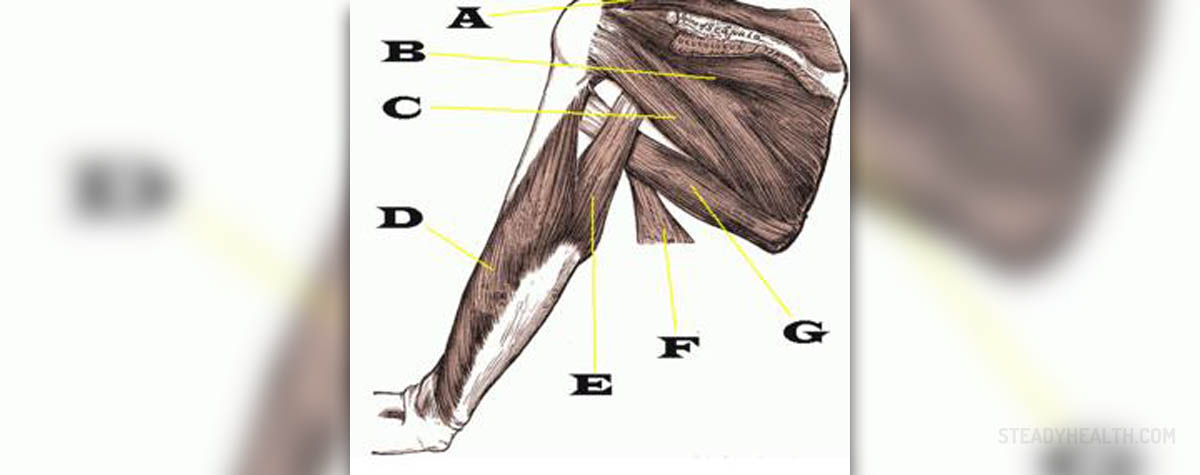
Focal dystonia is only one type of dystonia and represents a neurological condition affecting one muscle or a group of muscles in a part of the body. It is characterized by involuntary muscle contractions, twitching and twisting. For instance, individuals suffering from hand dystonia typically curl their fingers or a palm or may perform extension movements.
What are Causes of Focal Dystonia?
It is believed that involuntary contractions develop as a result of the misfiring of neurons in the sensorimotor cortex. The sensorimotor cortex contains data regarding the entire body. Such data are incorporated in specific maps. Now, under normal circumstances discrete body parts occupy specific areas of the previously mentioned maps. In patients suffering from focal dystonia, however, there is no distinction between certain parts of these maps and this is the reason why the brain cannot properly control all body parts equally.
This is generally not a painful condition. Still, some patients may complain about pain which is usually a consequence of sustained contraction or abnormal posturing. In the majority of cases the condition affects people involved in activities that require fine motor skills such as musicians, writers, surgeons etc. The condition is 'task specific' and occurs only when an individual actually performs certain activity.
Treatment for Focal Dystonia
People suffering from focal dystonia are treated with injections containing botulinum toxin. This toxin is commercially prepared and should be injected by a well experienced professional. However, botulinum toxin is actually not a cure for the condition because it cannot completely control symptoms of focal dystonia. The root of the problem is clearly neurological. Therefore, many experts believe that with sensorimotor retraining activities one may enable the brain to establish proper connections in such a manner that symptoms and signs of dystonia eventually disappear.
In some patients, mostly those suffering from generalized form of the condition, deep brain stimulation may be a successful treatment option. This procedure includes implantation of electrodes into specific parts of the brain and release of electrical pulses. The goal of the treatment is to reduce muscular contractions.
Also, certain number of patients may benefit from medications such as levodopa, lorazepam, clonazepam etc.
Even with sensory trick one may be able to control the disease. Namely, some individuals manage to control their own contractions by stimulation applied to the affected area or nearby body part.
Finally, there is one more option left - surgery. Focal dystonia is sometimes brought under control by surgical removal or cutting the nerves innervating the affected muscles.



_f_280x120.jpg)
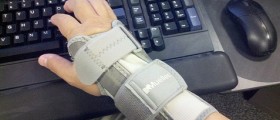






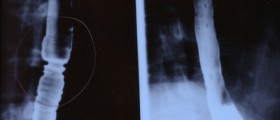
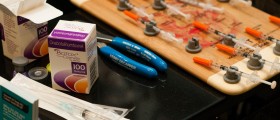

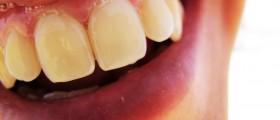


Your thoughts on this
Loading...